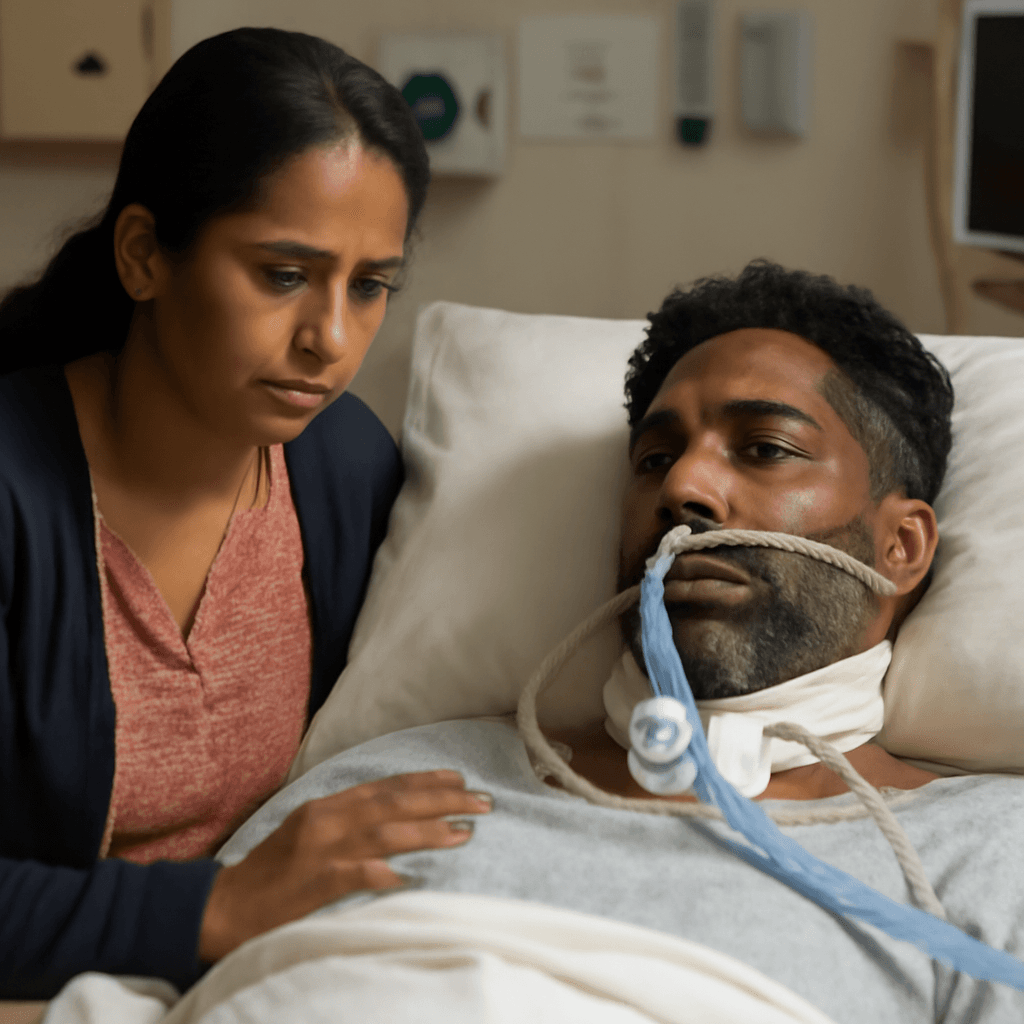The Mushroom Murders: A Chilling True-Crime Saga Unfolds in Australia
What began as a seemingly ordinary family lunch in a quiet Australian town spiraled into a macabre tragedy that gripped the nation and captivated true-crime enthusiasts worldwide. Erin Patterson, a 50-year-old mother of two from Leongatha, was recently convicted for the deliberate poisoning of three family members through a deceptively sumptuous beef Wellington meal laced with lethally toxic death cap mushrooms.
A Poisonous Meal That Shocked a Community
On July 29, 2023, Erin Patterson invited her estranged husband's parents, Don and Gail Patterson, along with his aunt and uncle, Heather and Ian Wilkinson (a local pastor), for what appeared to be a reconciliatory lunch at her home. The centerpiece was a beautifully crafted beef Wellington — tender eye fillet wrapped in golden flaky pastry, filled with a rich duxelles of finely minced mushrooms. However, hidden within was the deadly amatoxin from death cap mushrooms, among the world’s most poisonous fungi.
Within hours, the victims suffered severe poisoning symptoms as the toxin ravaged their organs. Despite desperate medical efforts, Heather Wilkinson succumbed on August 4, followed later that day by Gail Patterson, and the next day by Don Patterson. Ian Wilkinson survived but was left as the sole eyewitness to the harrowing meal that transformed a family gathering into a nightmare.
Dubbed Australia’s 'Trial of the Century'
The community of Morwell, a normally tranquil locale, was thrown into upheaval when Erin Patterson was charged on November 2, 2023, with three counts of murder and one count of attempted murder. What followed was a high-profile trial that began in April 2025, attracting widespread media attention across Australia and beyond. The courtroom became a pilgrimage site for journalists, podcasters, and true-crime documentarians eager to decode the motives behind this chilling case.
Over weeks of intense forensic examinations and expert testimonies, the prosecution pieced together a narrative of calculated poisoning. After just seven days of deliberation, the jury delivered a unanimous guilty verdict on all counts — a rare verdict in a trial steeped in mystery and tragedy.
Unraveling the Motive: A Family Torn Apart
Despite the verdict, the question that haunted many was the why behind Patterson’s lethal act. No definitive motive was ever established in court. Even the sole surviving victim, Ian Wilkinson, expressed bafflement, unable to fathom what could drive Erin Patterson to such lengths.
However, the prosecution highlighted a backdrop of bitter family disputes, particularly a turbulent separation from her husband Simon Patterson, marked by conflicts over child support. Erin was reportedly isolated in these disputes — frustrated and embittered by the refusal of her in-laws to take her side. Personal messages revealed her exasperation, including one where she expressed being “sick of this sh*t” and wanting “nothing to do with them.”
Compelling evidence pointed to premeditation: Patterson allegedly lied about having cancer to lure her victims, used a food dehydrator (discovered later discarded with traces of the poisonous fungi), and phone data indicated she may have sourced the death caps herself, referencing local sightings of the deadly mushrooms.
Despite her courtroom claims of love and innocence towards the victims, the jury deemed her actions deliberate and coldly planned — underscoring the chilling reality of how personal grievances can spiral into fatal violence.
Expert Insights: What This Case Reveals About Poisoning Crimes
This case offers a stark reminder of the complexities in family dynamics that can precipitate extreme outcomes. Poisoning, often romanticized in fiction, remains a rare but particularly insidious form of murder, characterized by its stealth and psychological undertones.
In Australia and globally, forensic toxicology continues to evolve, enabling investigators to detect and trace obscure poisons like amatoxins swiftly. This trial underscores the critical role of forensic science in unraveling such cases, while also highlighting the limits of understanding human motives fully.
Community and Legal Reflections
The Patterson case has sparked considerable discourse on Australia’s legal processes in high-profile murder trials, victim support systems, and access to mental health resources in familial conflicts. It also raises essential questions about how to identify and intervene when grievances risk turning violent.
- The rarity of death cap mushroom poisonings: Death cap mushrooms are responsible for the majority of fatal mushroom poisonings worldwide, yet intentional poisoning remains unusually rare.
- Legal precedence: This case is poised to become a benchmark in Australian criminal law, especially regarding evidence of intent and premeditation in poisoning cases.
- Public fascination: The media’s intense focus reflects society’s enduring intrigue with true crime and the complex human stories behind the headlines.
Editor’s Note
Erin Patterson’s conviction ends one of Australia’s most gripping and tragic criminal stories in recent memory, but it leaves lingering questions about the fragile ties of family, the depths of human despair, and the shadowy motives that can drive ordinary people to unthinkable acts. As forensic science advances and societal awareness grows, perhaps future tragedies can be prevented through early intervention and deeper understanding. For now, this case serves as a somber reminder of the deadly consequences when bitterness and secrecy converge over a single, fateful meal.
Journalist and policy analyst commentary by the TOI World Desk, bringing critical insights into this landmark Australian trial.



















